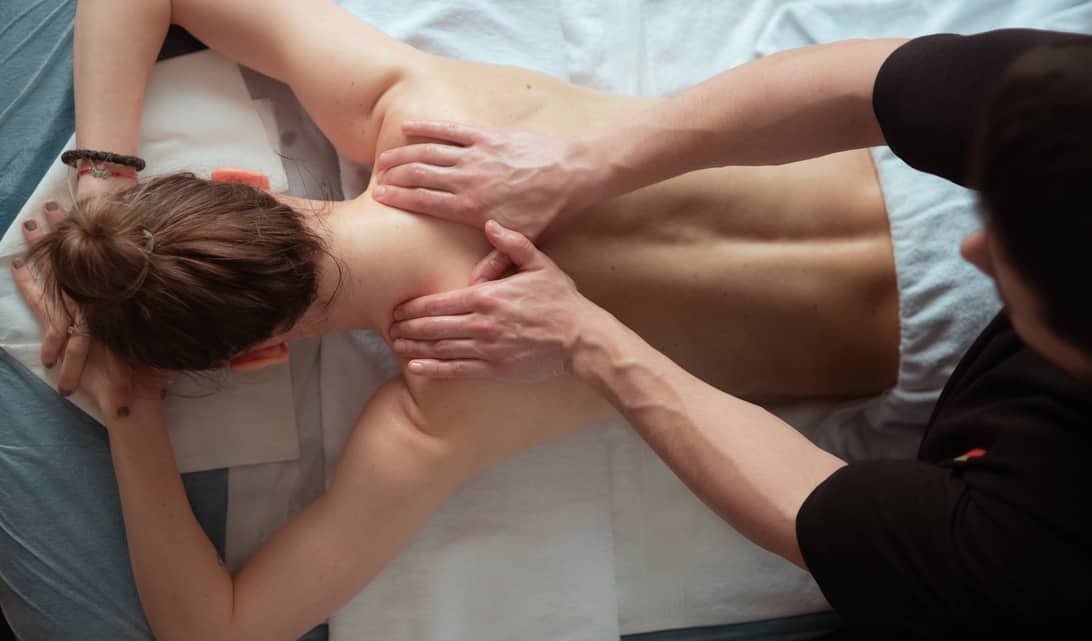Early medical intervention and adopting a holistic approach that includes physical therapy and alternative pain management techniques can help
Back pain is a prevalent and debilitating condition that affects millions worldwide. It can arise from various factors, including poor posture, muscle strain, injury, or underlying medical conditions. What can help manage and prevent back pain effectively is early intervention coupled with a holistic approach.
Get a professional diagnosis done: Timely diagnosis helps identify the root cause and prevents the condition from exacerbating. Going to a healthcare professional early can be immensely helpful because they conduct thorough assessments, including physical examinations, imaging tests, and patient history, which helps in pinpointing the cause and severity of the pain. This in turn facilitates the implementation of targeted treatment plans to alleviate discomfort and prevent chronicity.
Also read: Studying Neanderthals to understand back pain
Have a physical therapy and exercise plan: A holistic approach to managing back pain involves considering the patient as a whole, focusing not only on the physical symptoms but also on their mental and emotional well-being. Physical therapy and tailored exercise regimes are proven solutions for back pain management. Strengthening exercises, stretching, and core stabilization help improve posture, muscle strength and flexibility, reducing the risk of further injury. Additionally, rehabilitation programs aid in enhancing mobility and functionality, thereby preventing recurrent pain episodes. Educating individuals about proper posture and ergonomics is vital in preventing back pain. Correct body mechanics, ergonomic workspace setup, and ergonomic furniture can significantly reduce the strain on the spine, decreasing the likelihood of developing back issues.
Try alternative techniques: Utilizing non-invasive pain management techniques such as heat and cold therapy, massage, and transcutaneous electrical nerve stimulation (TENS) can provide relief from acute back pain. Additionally, mindfulness-based practices, including yoga and meditation, can alleviate stress and tension, which often exacerbate back discomfort.
Adopt a healthier lifestyle: Encouraging lifestyle modifications, including maintaining a healthy weight, quitting smoking, and adopting a nutritious diet, significantly contributes to overall back health. A balanced diet and weight management reduce strain on the spine, while avoiding smoking promotes better circulation and tissue healing.
Preempt the problem: Prevention remains a cornerstone in managing back pain. Regular physical activity, proper lifting techniques, and periodic breaks during prolonged sitting or standing can prevent the onset of back pain. Additionally, ergonomic adjustments at work and home, coupled with regular health check-ups, aid in early detection of any developing issues.
Early intervention and a holistic approach serve as fundamental pillars in the effective management and prevention of back pain. A comprehensive strategy encompassing timely identification, a multidisciplinary approach, lifestyle modifications, and preventive measures not only alleviates pain but also enhances overall well-being. Empowering individuals with knowledge and encouraging proactive measures is key to mitigating the burden of back pain on individuals and society as a whole.
Dr. Sachin Bhat is an orthopaedics consultant at SRV Hospitals, Goregaon, Mumbai.
Also read: How you can be a supportive ally to a cancer patient







